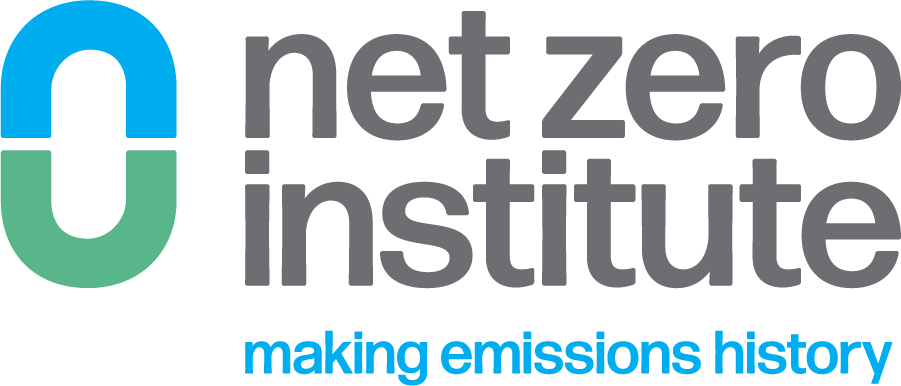Sustainability as Top-Line Value Driver
Net Zero Insights Q&A Series
Discussions with change-makers, leaders and experts making
a positive impact on society and planet
 Dave Duncan is Vice President of Sustainability at PTC. Dave portfolio-manages PTC’s offerings to enable our customers to sustainably design, manufacture, and service products. He also leads PTC’s internal environmental programs. Previously with PTC, Dave was a product manager across Digital Thread, PLM, and SLM offerings in the US and England. Additional relevant industrial background includes service manager at GE Healthcare, ERP technical services lead at JD Edwards (now Oracle), US Army officer in Germany and Bosnia-Herzegovina, and manufacturing QA at Bicron Electronics. Dave holds a Systems Engineering and Operations Research degree from Princeton University. He coaches high school rugby in his spare time.
Dave Duncan is Vice President of Sustainability at PTC. Dave portfolio-manages PTC’s offerings to enable our customers to sustainably design, manufacture, and service products. He also leads PTC’s internal environmental programs. Previously with PTC, Dave was a product manager across Digital Thread, PLM, and SLM offerings in the US and England. Additional relevant industrial background includes service manager at GE Healthcare, ERP technical services lead at JD Edwards (now Oracle), US Army officer in Germany and Bosnia-Herzegovina, and manufacturing QA at Bicron Electronics. Dave holds a Systems Engineering and Operations Research degree from Princeton University. He coaches high school rugby in his spare time.The Net Zero Institute (NZI) developed a unique Maturity Model framework to support companies in navigating their decarbonization journey. This structured 12-step approach helps businesses break down the complex path to net zero into manageable steps, offering curated resources, workshops, and peer support along the way.
In this post, Dave Duncan shares valuable insights into how sustainability initiatives, when aligned with a company’s strategic goals, can drive both environmental and business success. By staying ahead of trends like circularity and modular design, companies can position themselves as leaders in the journey to net zero.
Why did PTC get involved with the Net Zero Institute?
The Net Zero Institute aligns with PTC’s commitment to helping our discrete manufacturing customers reduce their carbon footprints, while also working towards our internal goal of reaching net zero by 2050. Our involvement allows us to share our expertise in minimizing product footprints through design, manufacturing, and service, driving meaningful progress towards a net-zero future.
As companies move through the Maturity Model, the "Commitment" stage is key. Based on your experience, what insights can you share about obtaining leadership buy-in and forming dedicated sustainability teams?
 In the Commitment stage of the Maturity Model, one of the most crucial turning points I've observed is when leadership recognizes that sustainability is a top-line value driver. Once this connection is made, particularly as a requirement from customers or partners, leadership buy-in tends to accelerate rapidly.
In the Commitment stage of the Maturity Model, one of the most crucial turning points I've observed is when leadership recognizes that sustainability is a top-line value driver. Once this connection is made, particularly as a requirement from customers or partners, leadership buy-in tends to accelerate rapidly.
To this end, it’s important to frame sustainability initiatives as integral to the company's value proposition. When leadership sees that customers demand sustainable practices as part of their supply chain requirements, they quickly understand that sustainability is not just a cost center but a strategic differentiator. This recognition often shifts the conversation from "why" to "how fast can we implement these changes."
Decarbonization is evolving rapidly. What are some important trends or best practices you’ve observed, particularly for discrete manufacturers?
For discrete manufacturers, investment in circularity and modular design are two important trends that I see coming to the forefront as deadlines for CSRD approach. Simply put, circularity is the only way a company can meet a net zero target, and implementing modular design is the only way to make circularity profitable. This is because modular parts create both supply and demand for remanufactured parts.
Automotive, heavy equipment, and power generation industries pivoted to modular, configure-to-order design 20 years ago and now have strong secondary markets for their remanufactured parts. Since modularity and circularity take time to develop, as does creating a lucrative secondary market for end-of-life parts and products, manufacturers must start preparing and planning for this transition now, even if their first modularly designed products don’t come out for a few years.

